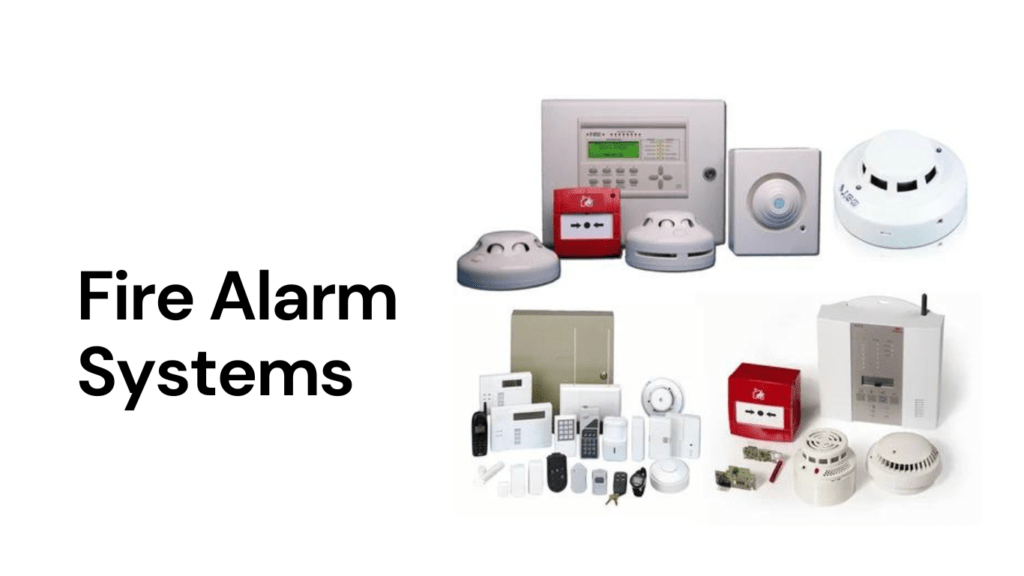Fire Alarm Systems for Schools and Educational Institutions
Keeping students and staff safe is a top priority for schools and educational institutions. One of the most important safety measures is having a reliable fire alarm system. This blog will explain what fire alarm systems are, why they are essential for schools, and how they work.
What is a Fire Alarm System?
A fire alarm system is a network of devices that detect fire and alert people so they can evacuate safely. These systems can include smoke detectors, heat detectors, manual pull stations, alarms, and control panels. When a fire is detected, the system sounds an alarm to warn everyone in the building.
Why Are Fire Alarm Systems Important for Schools?
- Safety of Students and Staff: The primary purpose of a fire alarm system is to save lives. In case of a fire, the system ensures that everyone in the school is quickly alerted and can evacuate the building safely.
- Compliance with Regulations: Schools are required by law to have fire alarm systems that meet specific safety standards. These regulations are in place to protect everyone and ensure that schools are prepared for emergencies.
- Property Protection: Early detection of fire helps to minimise damage to school property. Quick action can prevent small fires from turning into large, uncontrollable blazes.
How Do Fire Alarm Systems Work?
Fire alarm systems in schools typically include several key components:
- Smoke Detectors: These devices detect smoke, which is often the first sign of fire. When smoke is detected, the detector sends a signal to the control panel.
- Heat Detectors: These detect high temperatures that could indicate a fire. They are especially useful in areas where smoke detectors might cause false alarms, such as kitchens.
- Manual Pull Stations: These are located throughout the school and allow people to manually activate the fire alarm if they see a fire.
- Control Panel: This is the brain of the system. It receives signals from detectors and manual pull stations, determines if there is a fire, and activates the alarms.
- Alarms and Notification Devices: These include bells, sirens, and strobe lights that alert everyone in the building to evacuate. Some systems also include voice instructions.
- Emergency Exits and Evacuation Plans: Fire alarm systems work best when combined with clear evacuation plans. Schools should have well-marked emergency exits and conduct regular fire drills so everyone knows what to do in an emergency.
Regular Maintenance and Testing
To ensure that fire alarm systems are always ready to work in an emergency, regular maintenance and testing are crucial. This includes:
Monthly Tests: Checking that all components of the system are working correctly.
Annual Inspections: A thorough inspection by a professional to ensure everything meets safety standards.
Battery Checks: Ensuring that backup batteries are charged and functioning in case of a power outage.
Conclusion
Fire alarm systems are vital for the safety of students and staff in schools and educational institutions. They provide early detection of fires, allow for quick evacuation, and help prevent property damage. By understanding how these systems work and maintaining them properly, schools can ensure a safe learning environment for everyone. Remember, regular drills and clear evacuation plans are just as important as the fire alarm systems themselves. Stay safe!

